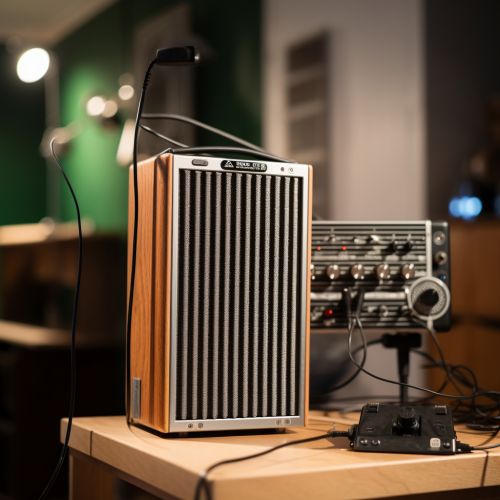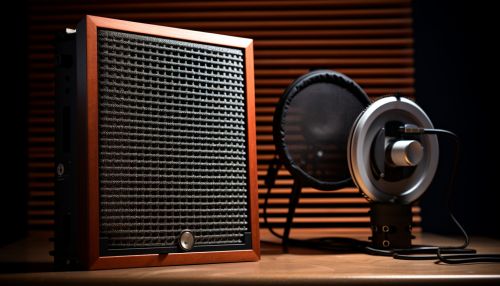Acoustic Echo Cancellation
Introduction
Acoustic Echo Cancellation (AEC) is a technique used in audio and telecommunication systems to improve voice quality by reducing or eliminating the echo that can be heard during a phone call. The echo can originate from the voice signal that is reflected and then picked up by the microphone. AEC is a crucial part of modern communication systems, especially in hands-free devices and conferencing systems where the speaker and microphone are in close proximity.
Principle of Operation
The principle of operation of an AEC system involves the use of adaptive filters to estimate the echo path and then subtract this estimate from the microphone signal to obtain the echo-free signal. The echo path is the path that the voice signal takes from the speaker to the microphone, including any reflections from walls and other objects. The adaptive filter needs to accurately model this echo path for the echo cancellation to be effective.


Adaptive Filters
Adaptive filters are a key component of an AEC system. They are digital filters that have the ability to adjust their coefficients to minimize the error signal, which is the difference between the desired signal and the actual output of the filter. There are several types of adaptive filters used in AEC systems, including the least mean squares (LMS) filter, the normalized least mean squares (NLMS) filter, and the recursive least squares (RLS) filter. Each of these filters has its own advantages and disadvantages in terms of computational complexity, convergence speed, and stability.
Echo Path Modelling
Echo path modelling is a critical aspect of AEC. The echo path is the path that the voice signal takes from the speaker to the microphone, and it includes any reflections from walls and other objects. The echo path can change over time due to various factors such as changes in the room acoustics or the position of the speaker or microphone. Therefore, the adaptive filter needs to continuously update its coefficients to accurately model the echo path.
Double-Talk Detection
Double-talk detection is a feature of some AEC systems that allows them to handle situations where both the near-end and far-end speakers are talking at the same time. During double-talk, it is difficult for the AEC system to estimate the echo path accurately because the near-end speech signal can interfere with the echo of the far-end speech signal. Therefore, during double-talk, the AEC system typically freezes the adaptation of the filter coefficients to prevent divergence of the adaptive filter.
Applications
AEC is used in a wide range of applications, including telecommunication systems, hands-free devices, conferencing systems, and voice-controlled systems. In telecommunication systems, AEC improves the voice quality by reducing or eliminating the echo that can be heard during a phone call. In hands-free devices and conferencing systems, AEC allows the users to speak and listen at the same time without experiencing feedback or echo. In voice-controlled systems, AEC enables the system to accurately recognize the user's voice commands even in the presence of loud playback sounds.
Challenges
Despite the advancements in AEC technology, there are still several challenges that need to be addressed. One of the main challenges is the accurate modelling of the echo path, especially in situations where the echo path changes rapidly. Another challenge is handling double-talk situations where both the near-end and far-end speakers are talking at the same time. Furthermore, the computational complexity of the adaptive filters used in AEC systems can be a concern, especially for devices with limited processing power.
Future Directions
Future directions in AEC research include the development of more accurate and robust echo path modelling techniques, the design of adaptive filters with lower computational complexity, and the integration of AEC with other signal processing techniques to improve overall system performance. In addition, there is a growing interest in the application of machine learning techniques to AEC, with the aim of developing AEC systems that can adapt more quickly and accurately to changes in the echo path.
